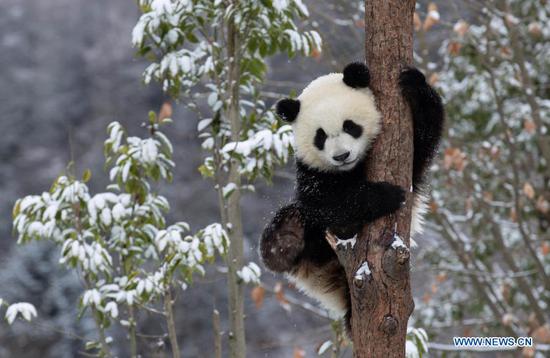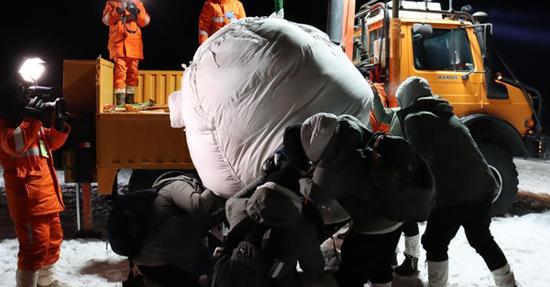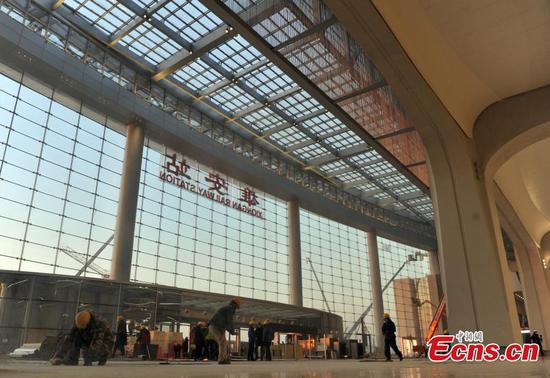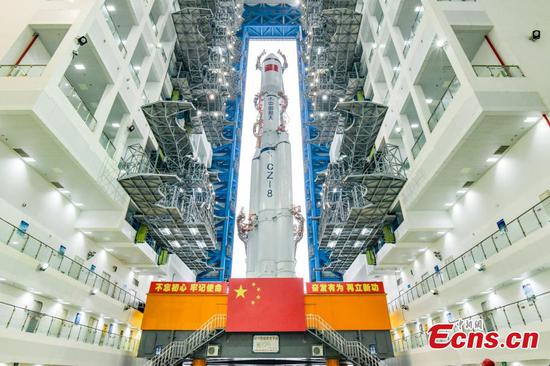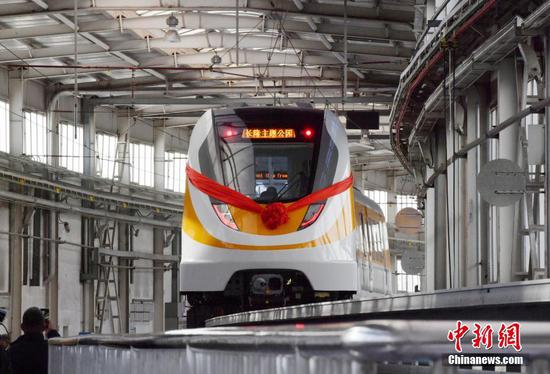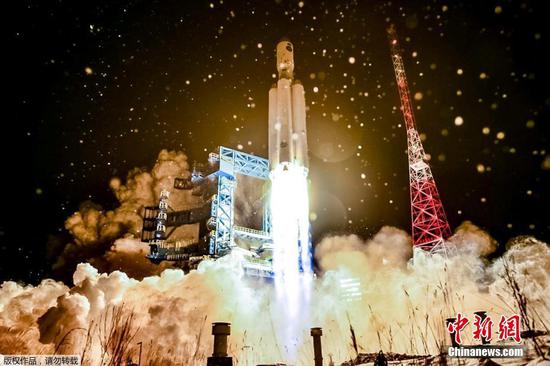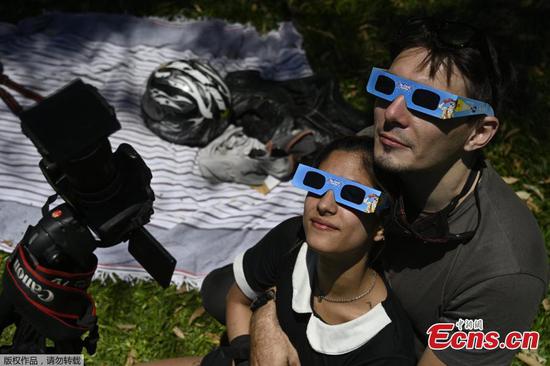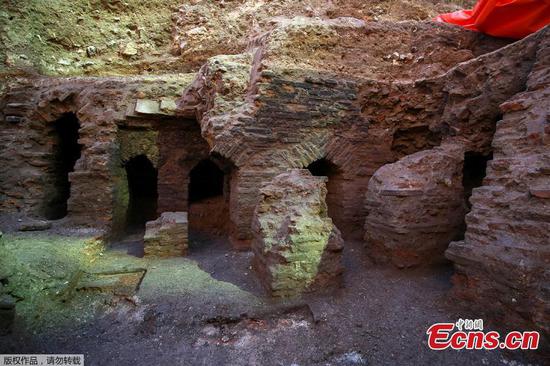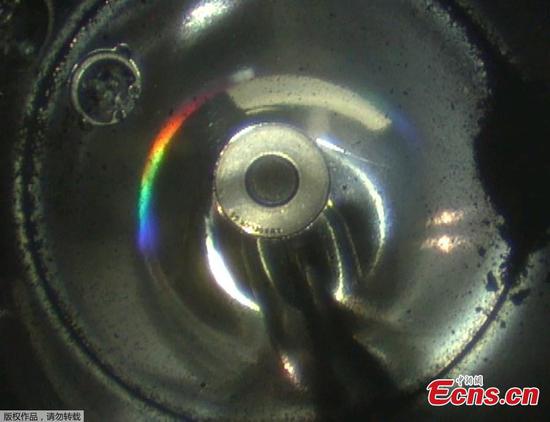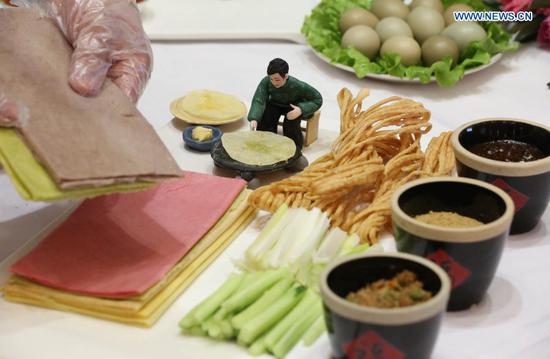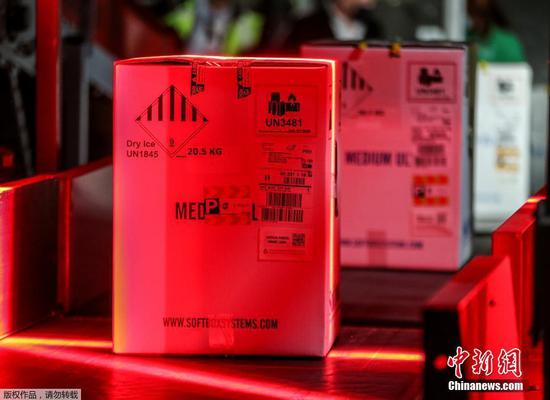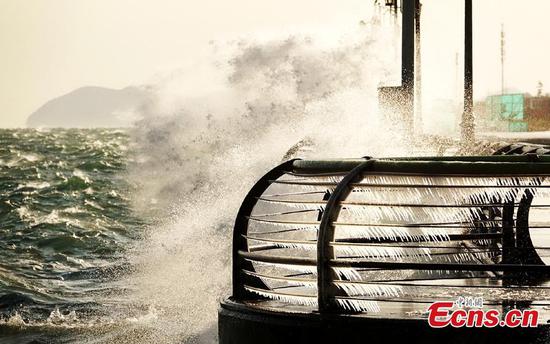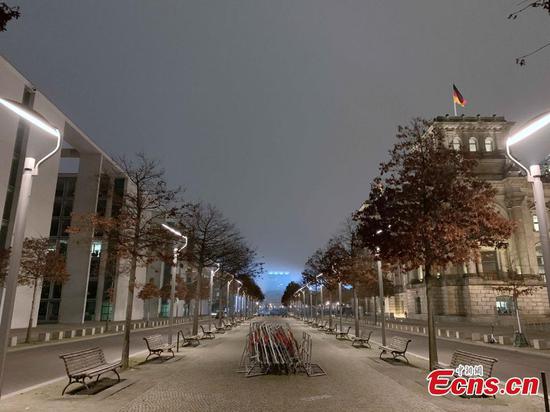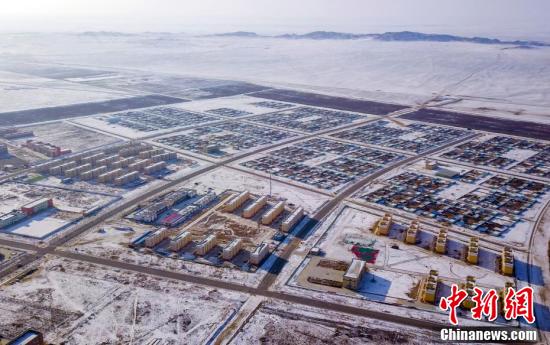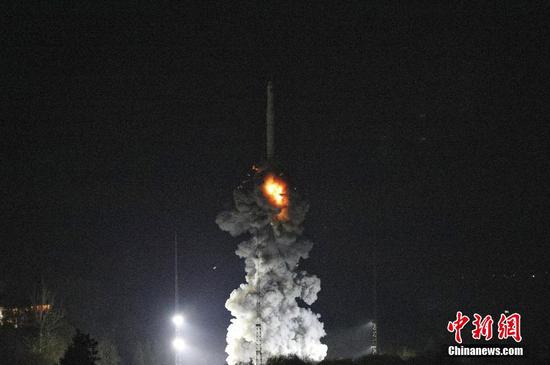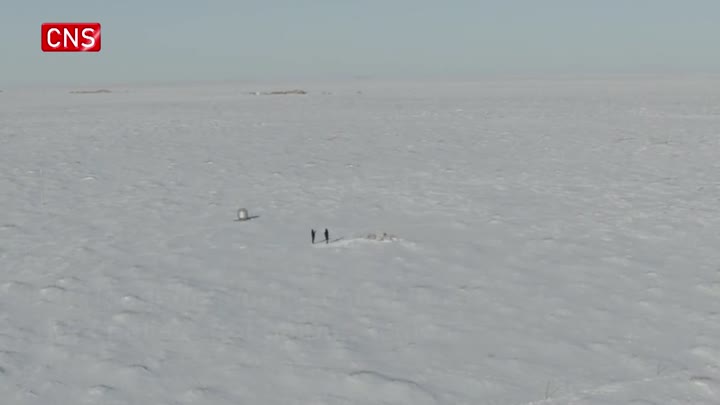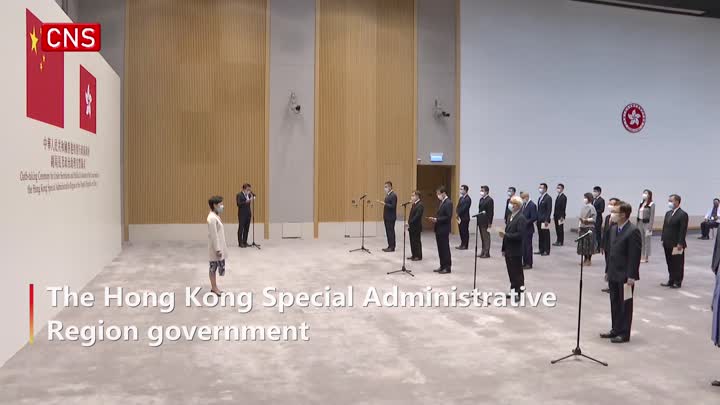Chang'e 6 set to significantly expand knowledge of Earth's nearest neighbor
China plans to use its next moon mission, Chang'e 6, to collect samples from the moon's south pole or possibly the celestial body's far side, according to a key figure in the nation's lunar exploration program.
Wu Yanhua, deputy head of China National Space Administration, told China Daily on Thursday after a news conference in Beijing that project managers' current plans call for the Chang'e 6 robotic probe to land on the lunar south pole.
"But if the Queqiao (relay satellite) still functions well by the time we launch Chang'e 6, we may also consider sending it to the far side to take some samples there," he said. "This is because there has never been a mission to return samples from the far side, and if we do so ...that will be very meaningful to scientists around the world."
The official said that deploying a mission to return samples from the far side, which always faces away from the Earth, would incur some risk, but it would be worth it for the sake of advancing knowledge about a little-known area.
In December 2018, China launched its fourth lunar probe, Chang'e 4, with the far side as its destination. The spacecraft made a soft landing in January 2019 at the Von Karman Crater in the South Pole-Aitken Basin of the far side, inaugurating mankind's first close observation of what is also known as the "dark side of the moon".
Queqiao, the satellite responsible for relaying signals between Chang'e 4 and ground control, was launched in May 2018.
Chang'e 4, which remains operational, has enabled scientists to learn things about the moon, deepening knowledge of the early history of the extraterrestrial body and the solar system. The mission's Yutu 2 rover, the second of its kind made by China and the world's first to reach the far side, has become the second-longest operational rover on the moon.
Wu also mentioned the planned Chang'e 7 and 8 missions at the news conference, saying that among their many goals, a major one will be to explore the technological feasibility of international cooperation on jointly building a robotic scientific research outpost on the moon.
He did not reveal detailed schedules for those missions, saying only that they will be conducted in the coming 15 years.
The space administration has previously disclosed that Chang'e 7 is set to conduct a specific investigation of the lunar south pole's environment and resources while Chang'e 8 will be tasked with testing and verifying cutting-edge technologies that may be applied in future moon expeditions.
As to whether China will undertake manned lunar missions, Wu said the decision will be made after the nation puts its manned space station into service, which is scheduled to take place in 2022.
d of its kind made by China and the world's first to reach the far side, has become the second-longest operational rover on the moon.
Queqiao, the satellite responsible for relaying signals between Chang'e 4 and ground control, was launched in May 2018.
Wu also mentioned the Chang'e 7 and 8 missions at the news conference, saying among their many goals, a major one will be to explore the technological feasibility of international cooperation on a robotic scientific research outpost on the moon.











